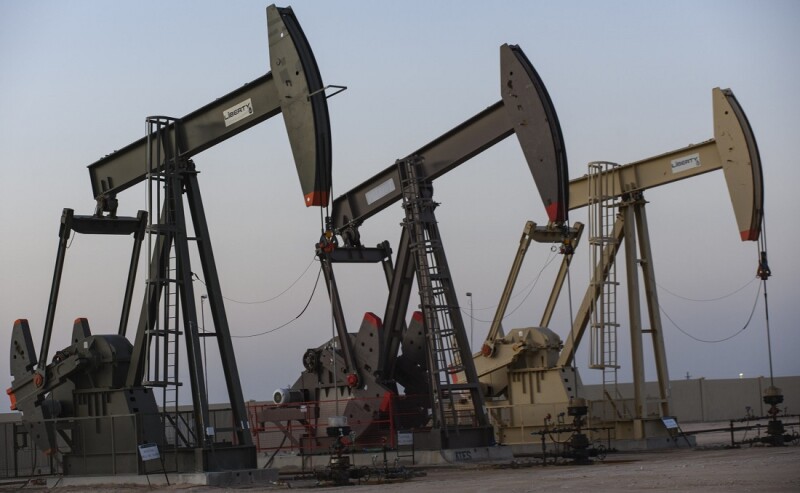The early-day oil fields in the 1920s and '30s into the mid-20th century were so helter-skelter in their all-out drive to produce as much oil and natural gas as possible that working in them could be almost like going into combat against a well-armed enemy.
But the energy industry has become much more sophisticated and measured in the modern era, and it’s made great progress toward making its workplaces safer.
“Safety is of paramount importance in the oil and natural gas industry throughout the value chain for the protection of workers and the communities in which we operate,” said Texas Independent Producers and Royalty Owners President Ed Longanecker from Austin. “Workplace safety covers a broad range of areas and procedures with effective training serving as the foundation."
“These safety protocols not only help to protect workers, they also contribute to operational efficiencies and environmental stewardship,” Longanecker said.
He cited the ExxonMobil’s 2022 environmental, social, and governance report, which said the company achieved a 31% reduction in the most serious accidents from 2016 to 2021, “with further improvement steps underway.”
Longanecker said Apache “has significantly reduced severe injuries."
“Driving-related incidents are at their lowest in 10 years,” he said. “In addition, Apache has lowered incident rates by nearly 20% below targets in its total recordable incident rate and days away, restricted or transferred rate and the company improved its lost time incident rate, severe injury reports and vehicle incident rate goals by 50–70% compared to targets,” he said.

